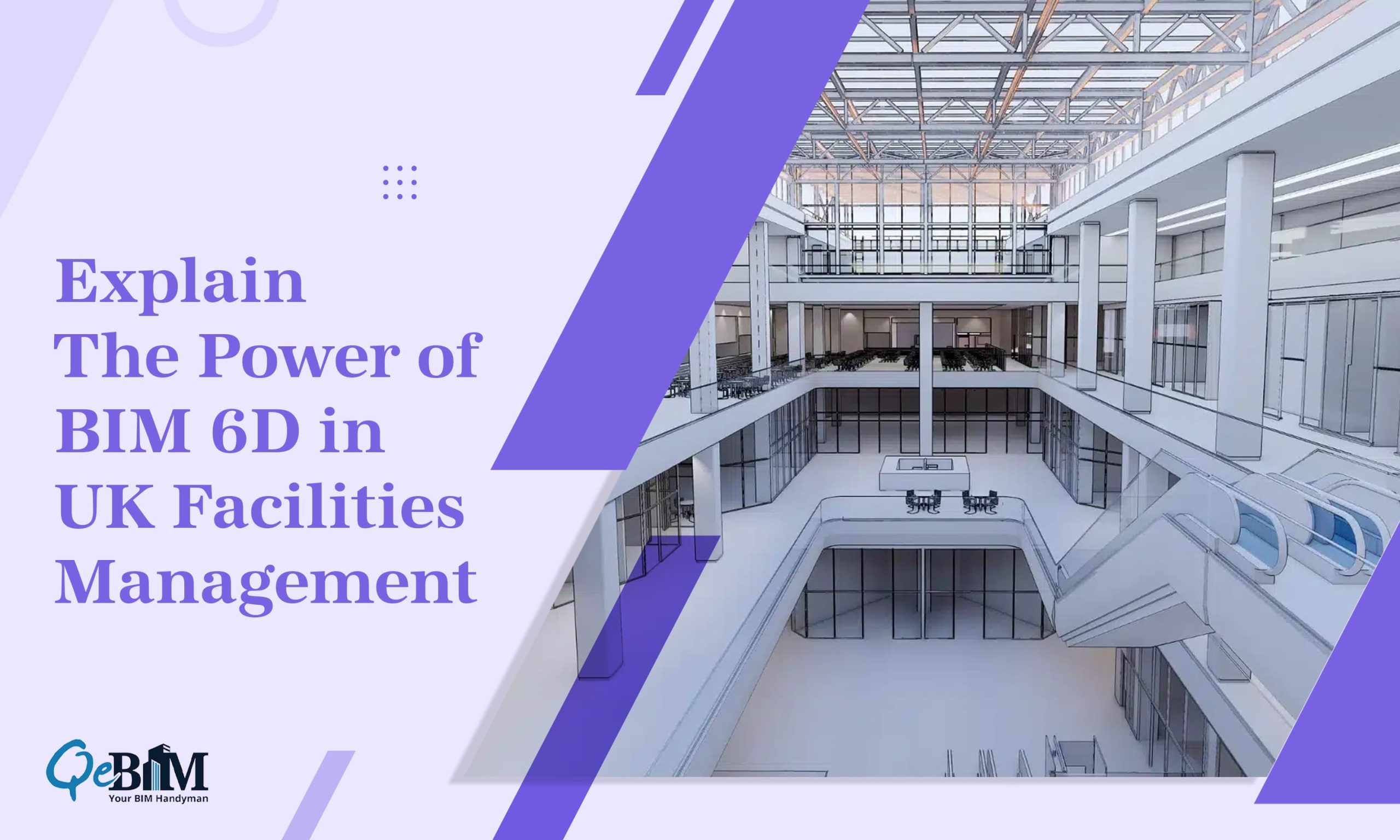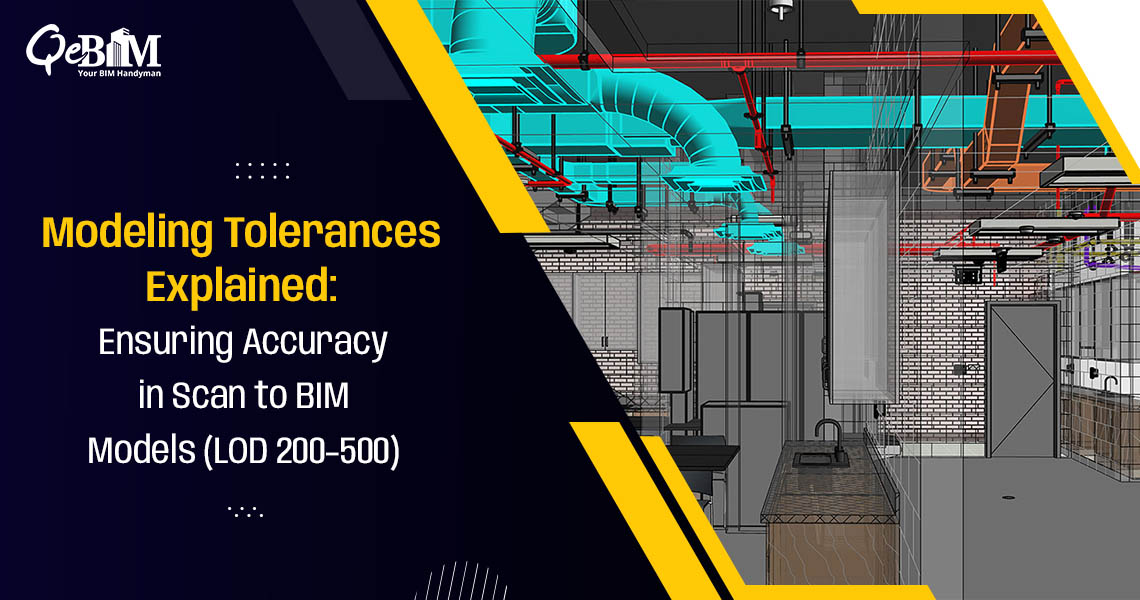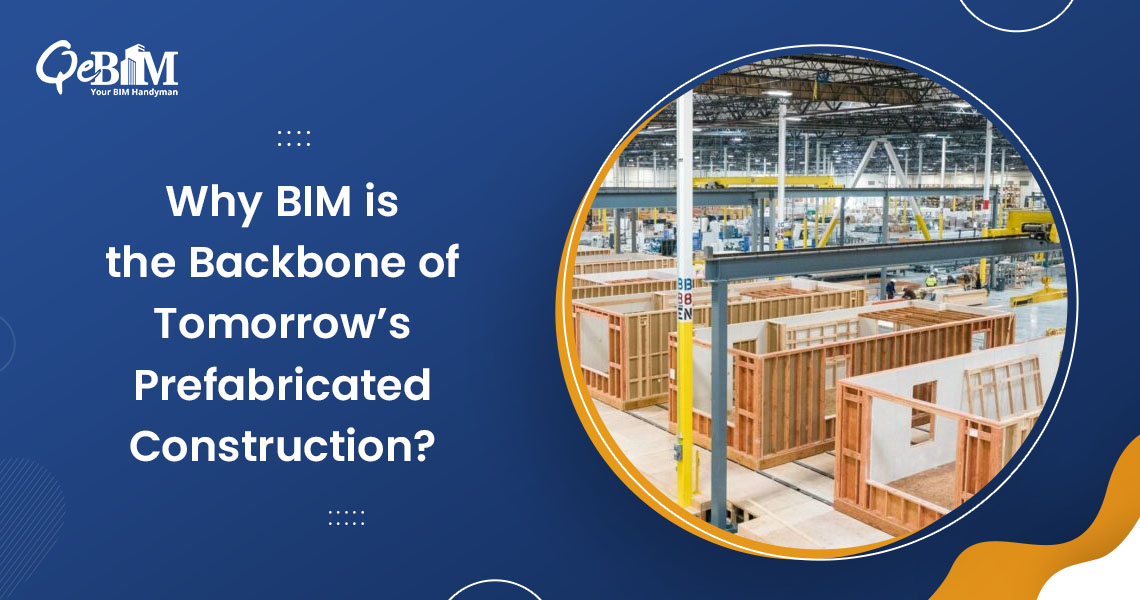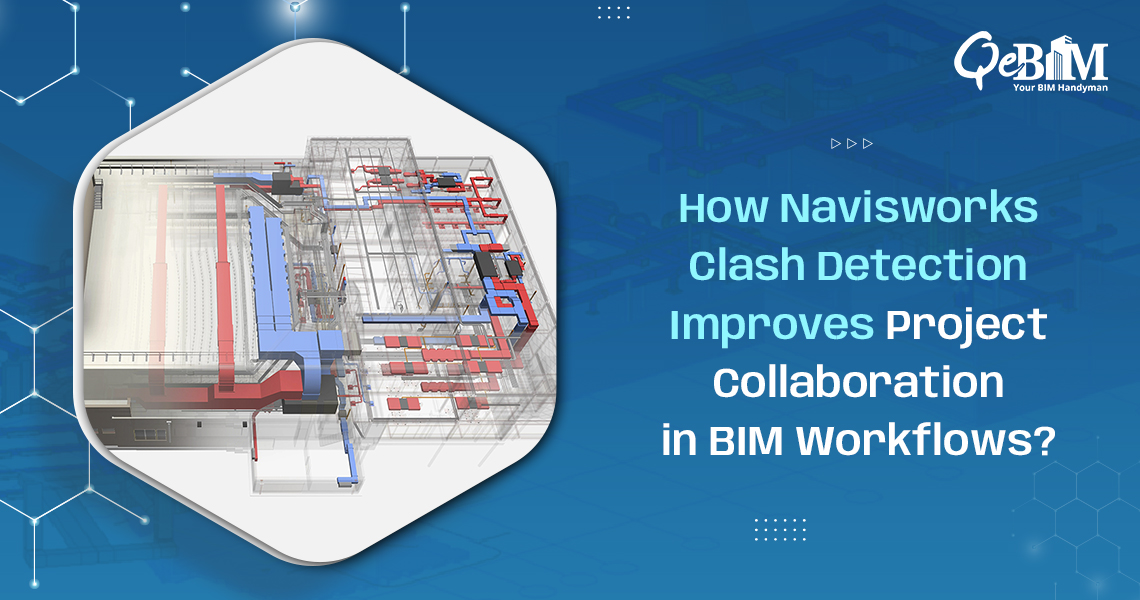BIM Services is a transformative force in the AEC industry. Right from its inception as a tool for creating 3D models, BIM has expanded to encompass various dimensions, each adding new layers of functionality and insight. In the recent times, BIM 6D that is focused on facilities management, stands out for its profound impact on the AEC industry in the UK. This dimension extends BIM’s capabilities beyond construction. It integrates facility operations and maintenance into the model thereby revolutionizing the lifecycle management of buildings.
Understanding BIM 6D
6D BIM also known as integrated lifecycle management, incorporates the data relevant to the operational phase of a building’s lifecycle. This includes information on energy usage, maintenance schedules, equipment specifications, and so on. By embedding this data into the BIM model, the stakeholders can access comprehensive insights that allows for efficient facility management thereby enhancing the decision-making processes.
The Shift from Traditional FM to BIM 6D
Traditional facilities management (FM) often relies on the disparate systems as well as the manual processes to manage the building operations. This approach is typically fragmented ultimately causing inefficiencies and increased operational costs. 6D BIM Services on the other hand do transforms this paradigm by providing a centralized digital repository of all building information. This holistic approach streamlines all the facility management activities thereby enabling more proactive and data-driven management practices.
Benefits of BIM 6D in Facilities Management
1) Enhanced Operational Efficiency
One of the primary advantages of BIM 6D is the enhanced operational efficiency it brings. Facility managers can leverage the detailed data within the BIM model to optimize maintenance schedules, reduce downtime, and extend the lifespan of building systems. For instance, predictive maintenance can be implemented, where sensors and real-time data analytics predict equipment failures before they occur, thus preventing costly repairs and disruptions.
2) Improved Energy Management
Energy efficiency is a critical concern in the AEC industry especially in the context of stringent UK regulations that is aimed at reducing carbon emissions. BIM 6D enables precise monitoring and management of energy consumption. Facility managers can monitor real-time energy usage, identify inefficiencies, and implement corrective measures. This approach not only aids in achieving regulatory compliance but also reduces operational costs and enhances sustainability.
3) Enhanced Data Accessibility
BIM 6D facilitates unparalleled access to building information. Stakeholders can retrieve data related to any aspect of the facility right from the structural elements to the HVAC systems and that too with just a few clicks. This level of accessibility is particularly beneficial during emergencies or unplanned maintenance where quick access to accurate information can significantly reduce response times thereby mitigating risks.
4) Lifecycle Cost Management
The integration of lifecycle costing within the BIM 6D framework allows for more accurate financial planning and budgeting. By having a comprehensive view of the building’s operational and maintenance costs over its entire lifecycle, stakeholders can make informed decisions that can optimize both performance as well as cost efficiency. This forward-thinking approach to cost management is a significant departure from the reactive strategies traditionally employed in facilities management.
Case Studies: BIM 6D in Action
- University College London (UCL)
University College London (UCL) is a prime example of BIM 6D’s impact on facilities management. UCL has implemented BIM 6D across its campus to manage its extensive portfolio of buildings. The centralized BIM model has streamlined maintenance processes, improved energy management, and provided a robust platform for future renovations and expansions. As a result, UCL has reported significant operational cost savings and improved service delivery.
- Crossrail Project
The Crossrail project, one of the most crucial infrastructure projects in the UK, has also leveraged BIM 6D for facilities management. The integration of BIM 6D has enabled seamless management of the project’s complex assets and systems. With real-time data on asset performance and maintenance needs, Crossrail has achieved higher efficiency in operations and maintenance thereby contributing to the project’s overall success.
Challenges and Future Prospects
While the benefits of BIM 6D are substantial, its implementation is not without challenges. The transition from traditional FM to BIM 6D requires significant investment in technology and training. Additionally, the integration of existing building data into the BIM model can be complex and time-consuming. Despite these hurdles, the long-term advantages far outweigh the initial challenges, making BIM 6D a worthwhile investment for the future.
The future of BIM 6D in the UK’s AEC industry looks promising. As digital twin technology advances, the integration of BIM 6D with IoT and AI will further enhance its capabilities. Digital twins—virtual replicas of physical buildings—can simulate scenarios and predict outcomes with high accuracy, providing a powerful tool for facility managers.





